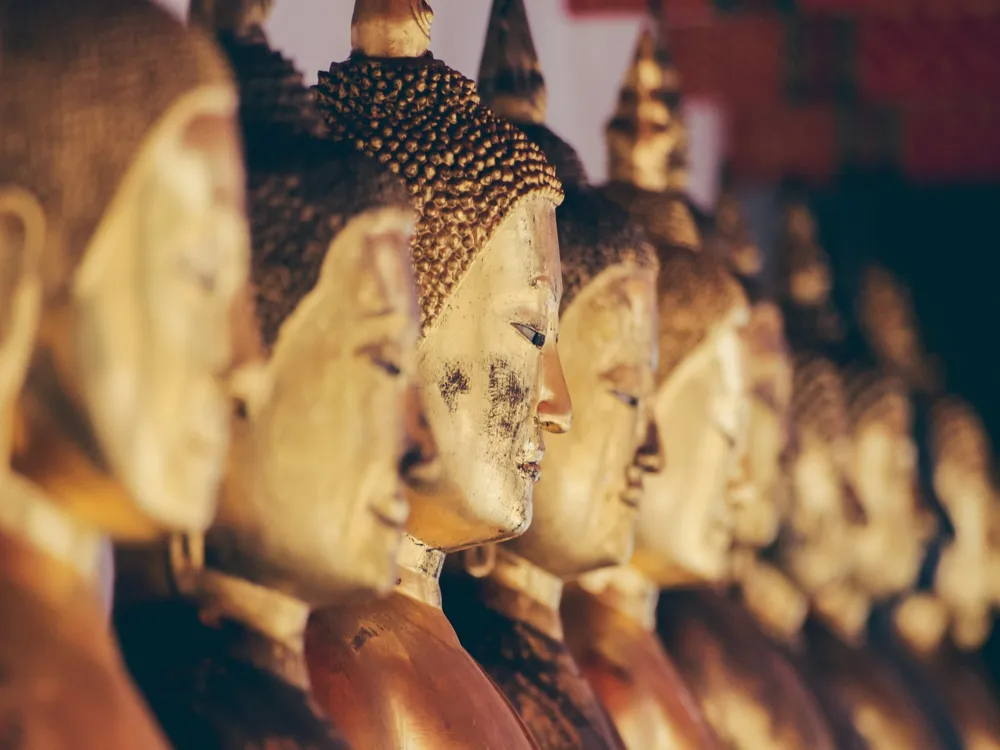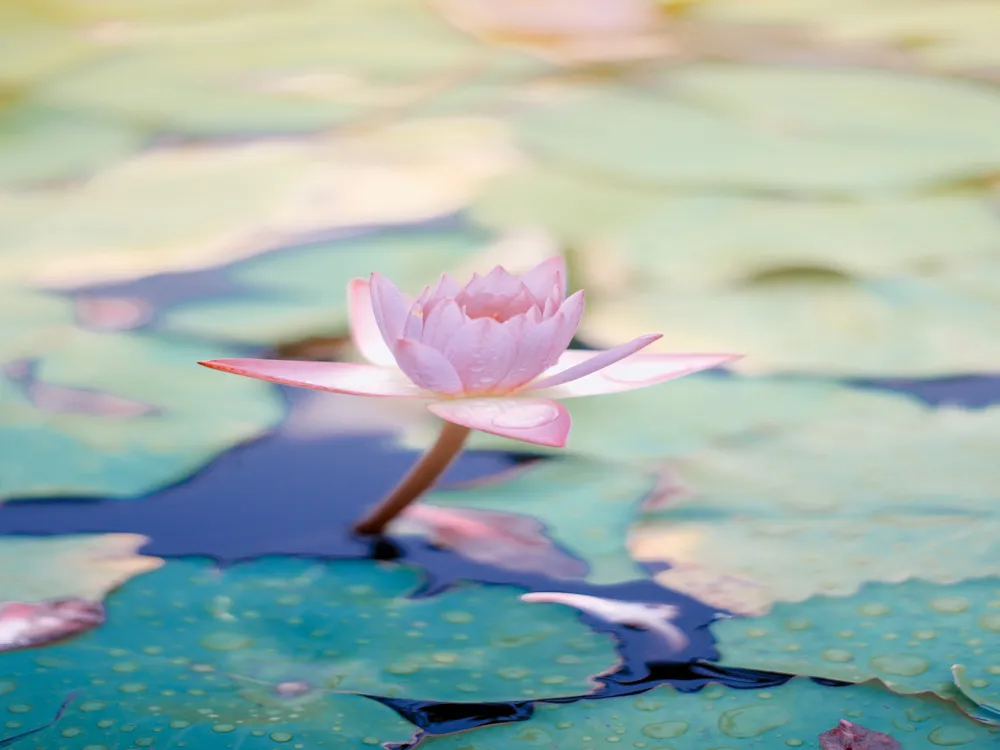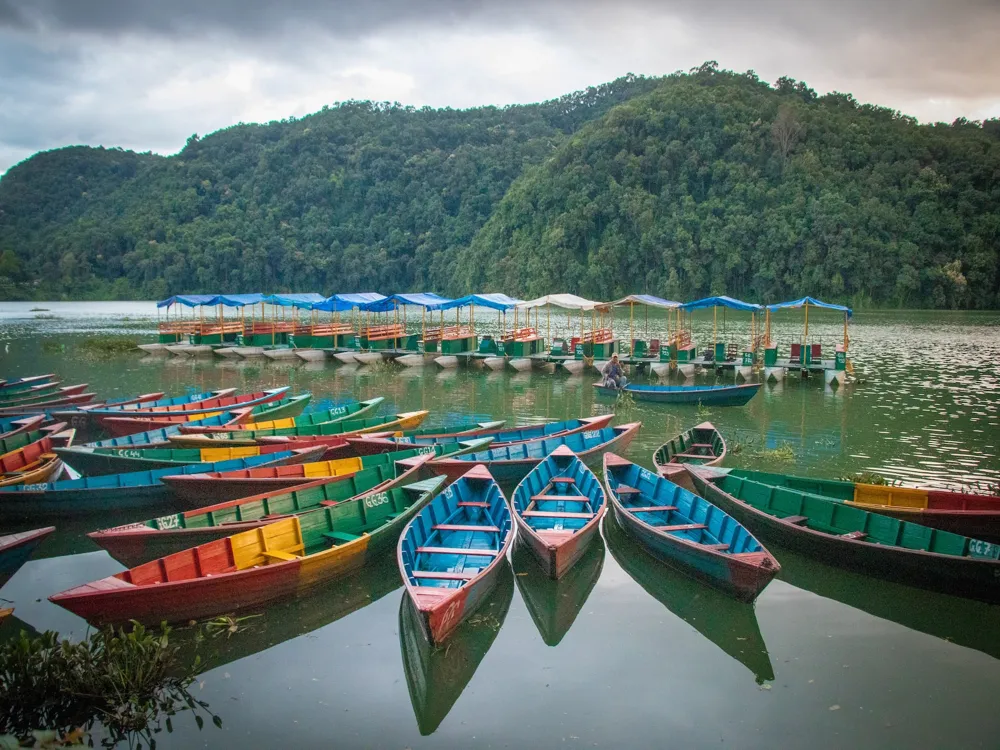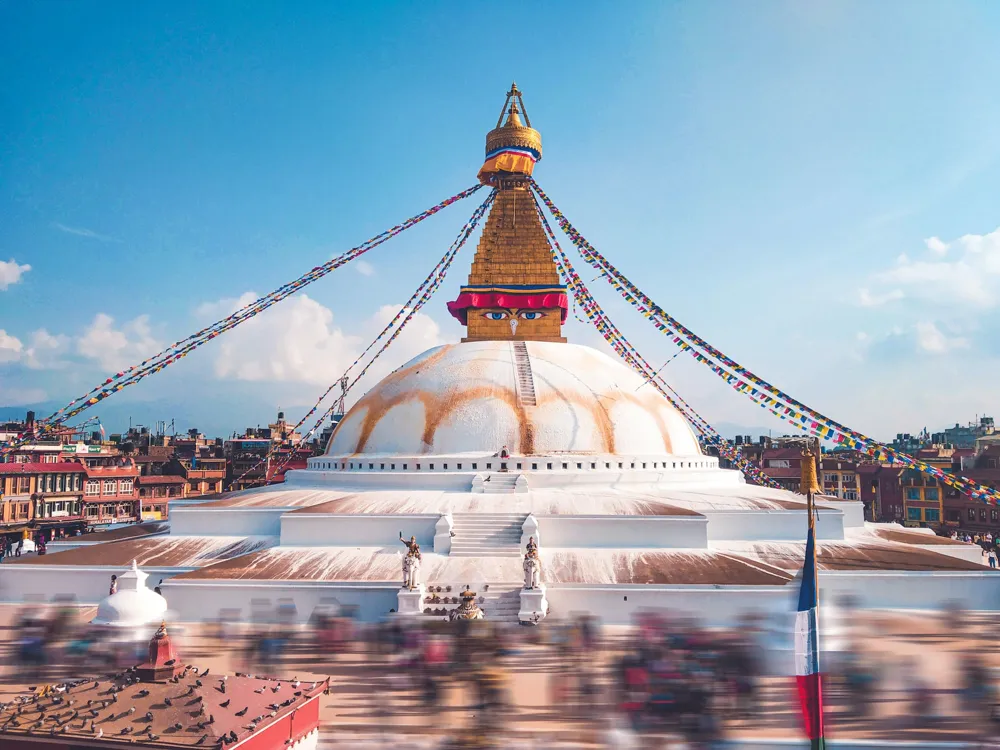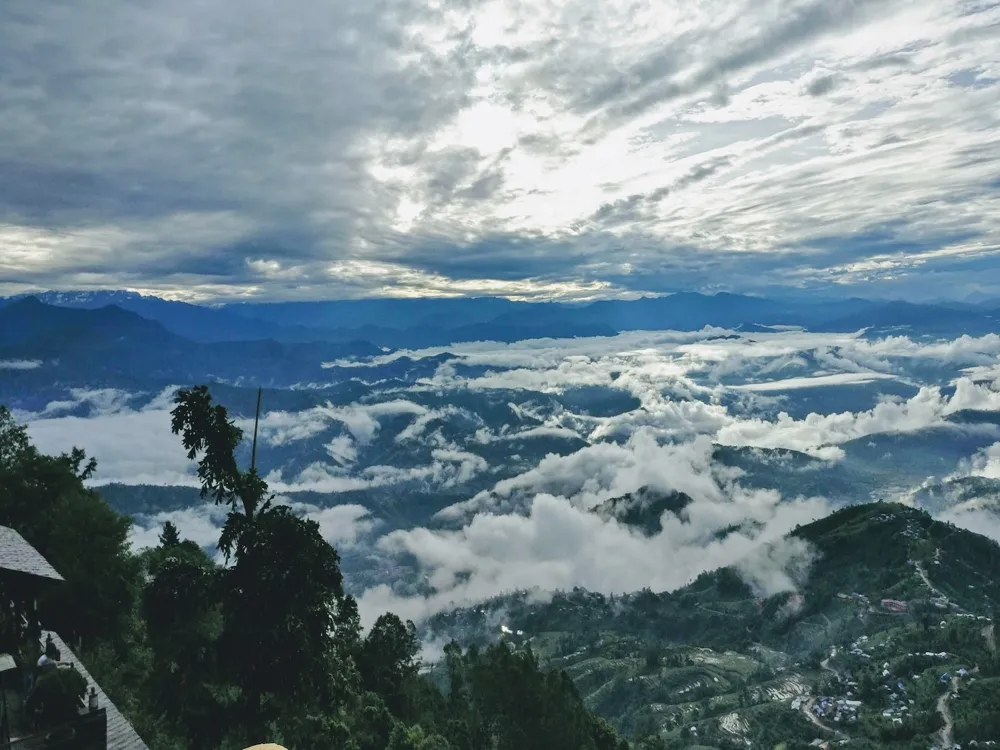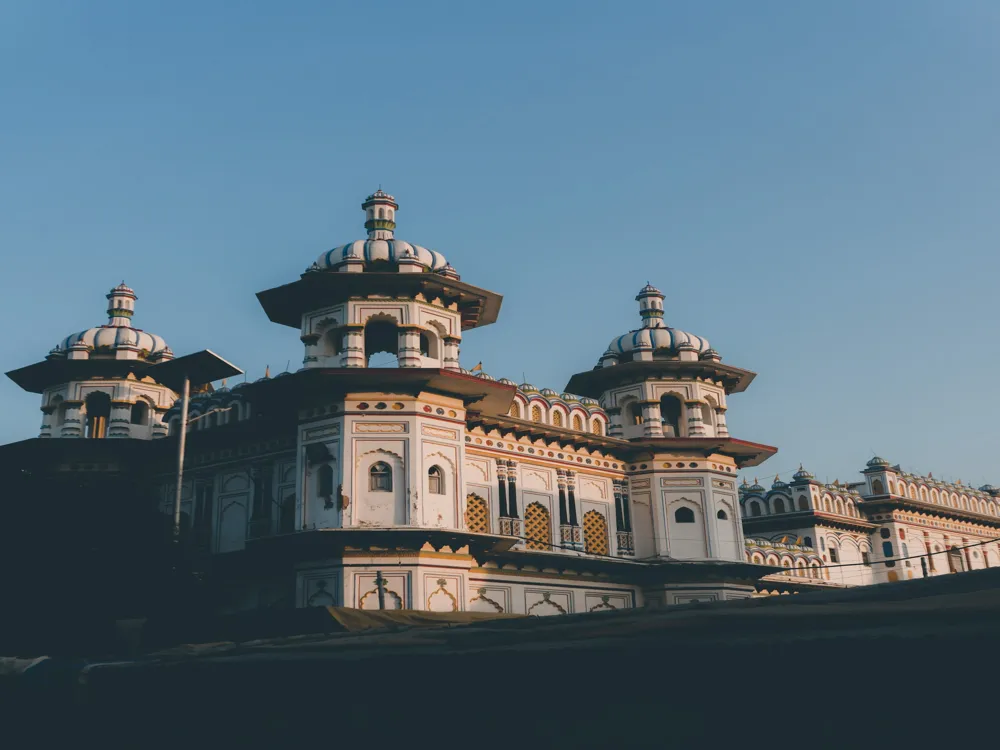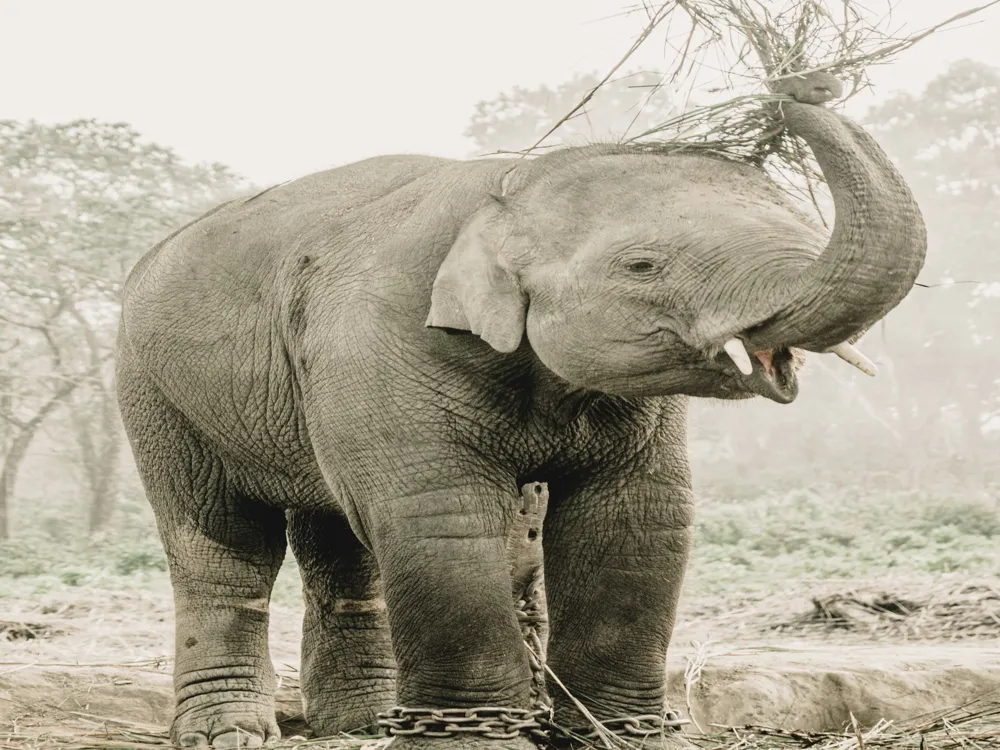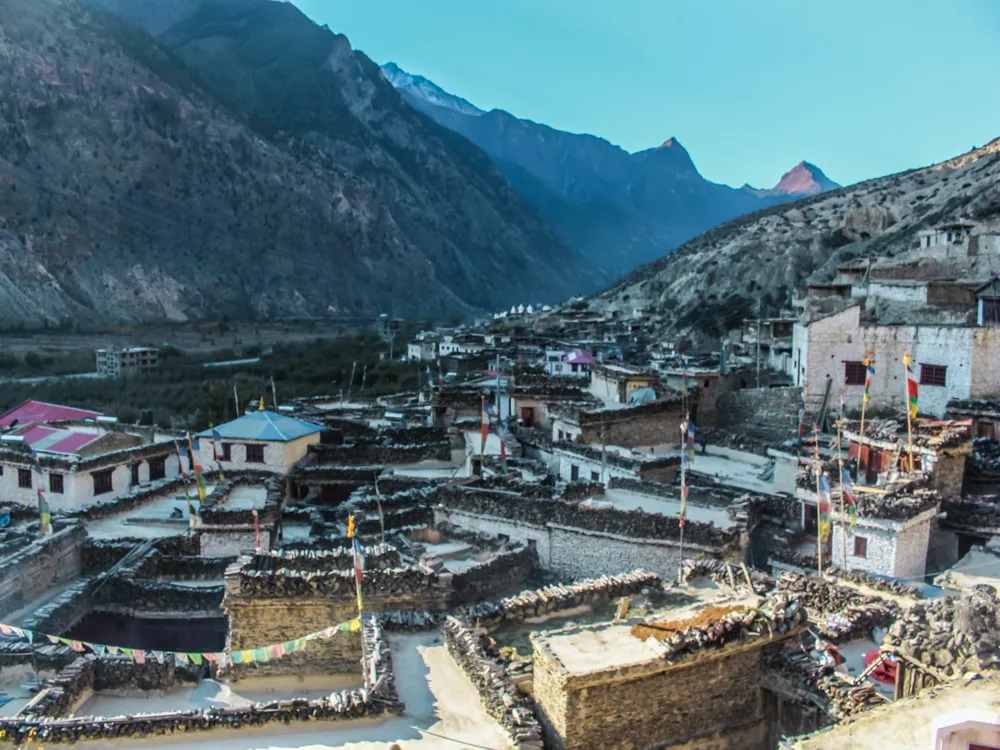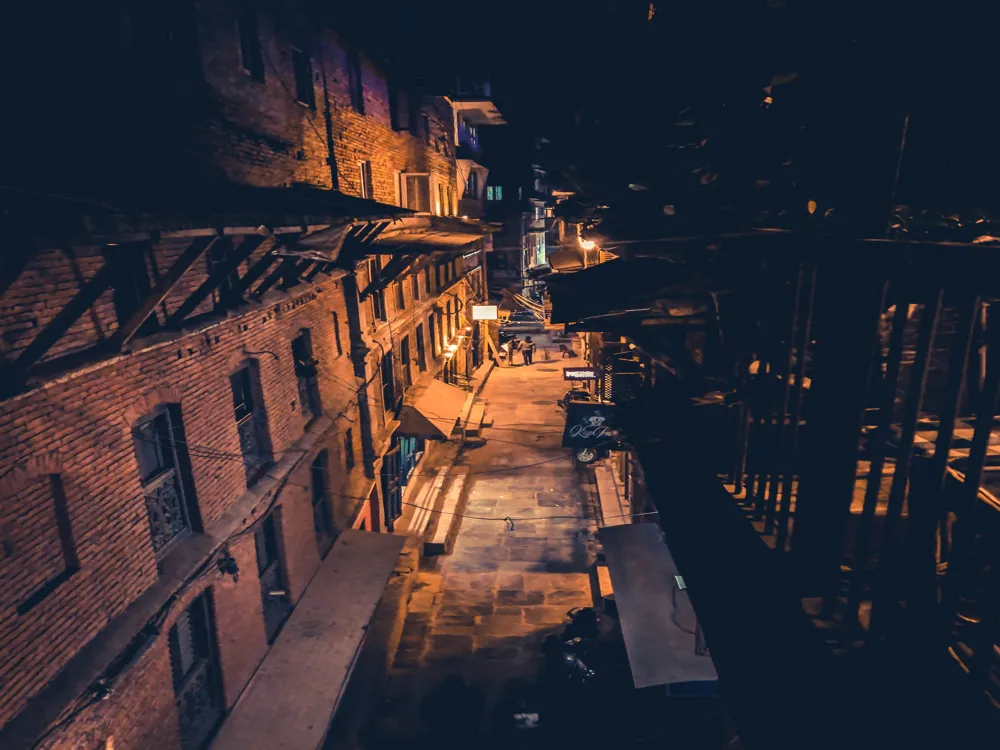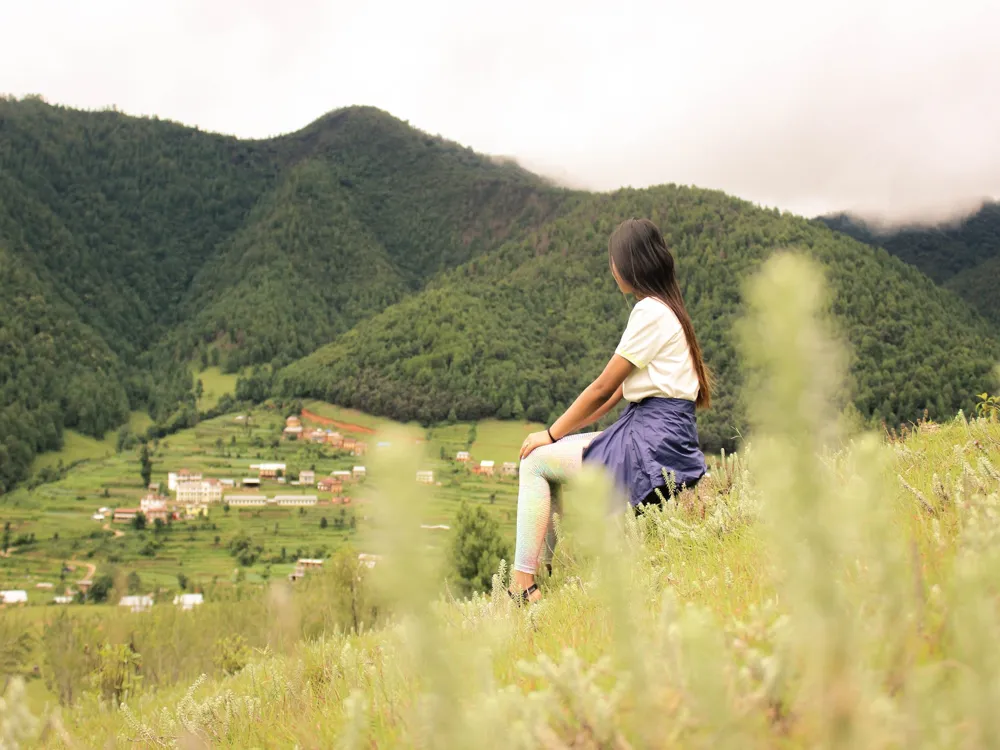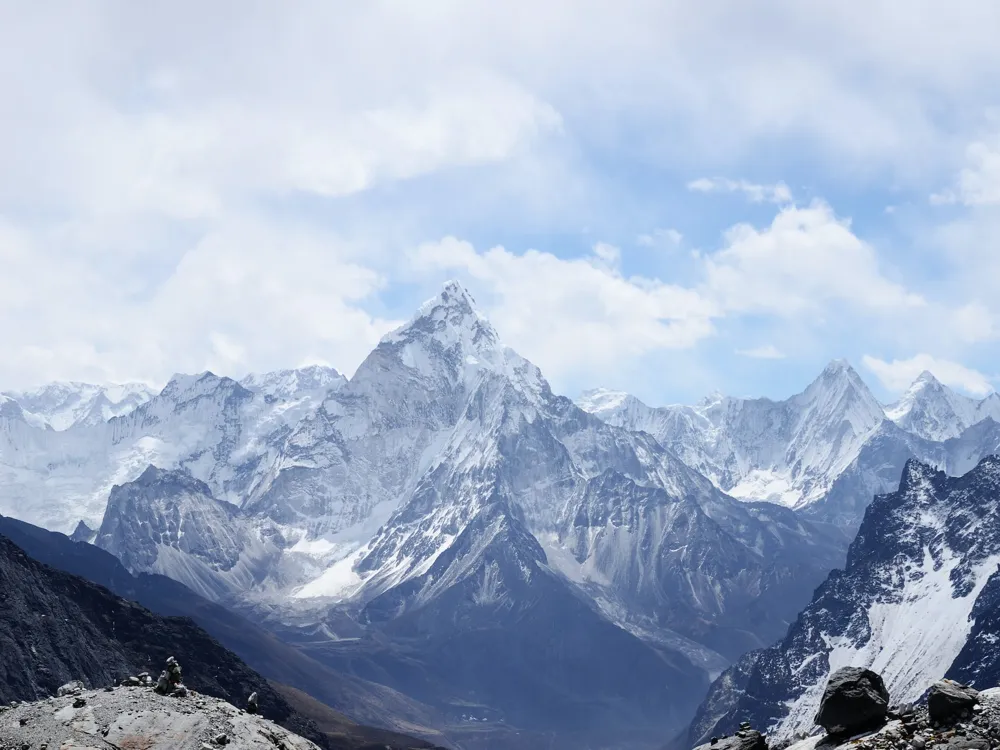The Korean Temple, Dae Sung Shakya, located in Lumbini, is a significant site of Buddhist pilgrimage. This temple, exemplifying the unique blend of Korean architecture and Buddhist symbolism, stands as a testament to the spread of Buddhism across Asia. It's particularly renowned for its serene atmosphere and the beautiful, intricate designs that adorn its walls and structures. The architecture of the Korean Temple in Lumbini is a fascinating amalgamation of traditional Korean designs and Buddhist architectural elements. The temple features typical Korean pagodas, vibrant color schemes, and elaborate wood carvings. These elements together create a visually stunning and spiritually uplifting environment that resonates with the teachings of Buddhism. Visitors should dress modestly, covering shoulders and knees, as a sign of respect in this sacred space. Maintaining a quiet demeanor helps preserve the temple's tranquil atmosphere and allows for personal reflection. Be mindful of photography rules. Some areas may restrict photography to preserve the sanctity of the temple. Visitors should observe and respect the ongoing religious practices and ceremonies without intruding. Consider taking a guided tour to gain deeper insights into the temple's history and significance. The Korean Temple in Lumbini is accessible via several modes of transportation. The nearest major city is Bhairahawa, from where you can take a taxi or a local bus to Lumbini. Once in Lumbini, various local transportation options are available to reach the temple. It's also feasible to rent a bicycle or a rickshaw for a more immersive experience of the area. Read More:Overview of Korean Temple (Dae Sung Shakya) in Lumbini
Architecture of Korean Temple (Dae Sung Shakya)
Tips When Visiting Korean Temple (Dae Sung Shakya)
Dress Appropriately
Observe Silence
Photography Restrictions
Respect Religious Practices
Guided Tours
How To Reach Korean Temple (Dae Sung Shakya)
Korean Temple (Dae Sung Shakya)
Lumbini
₹ 24,500 onwards
View lumbini Packages
Weather :
Tags : Temple
Entry Fee : NPR 400
Planning a Trip? Ask Your Question
Also Refered As:
Dae Sung Shakya
Lumbini Travel Packages
View All Packages For Lumbini
Top Hotel Collections for Lumbini

Private Pool

Luxury Hotels

5-Star Hotels

Pet Friendly
Top Hotels Near Lumbini
Other Top Ranking Places In Lumbini
View All Places To Visit In lumbini
View lumbini Packages
Weather :
Tags : Temple
Entry Fee : NPR 400
Planning a Trip? Ask Your Question
Also Refered As:
Dae Sung Shakya
Lumbini Travel Packages
View All Packages For Lumbini
Top Hotel Collections for Lumbini

Private Pool

Luxury Hotels

5-Star Hotels

Pet Friendly


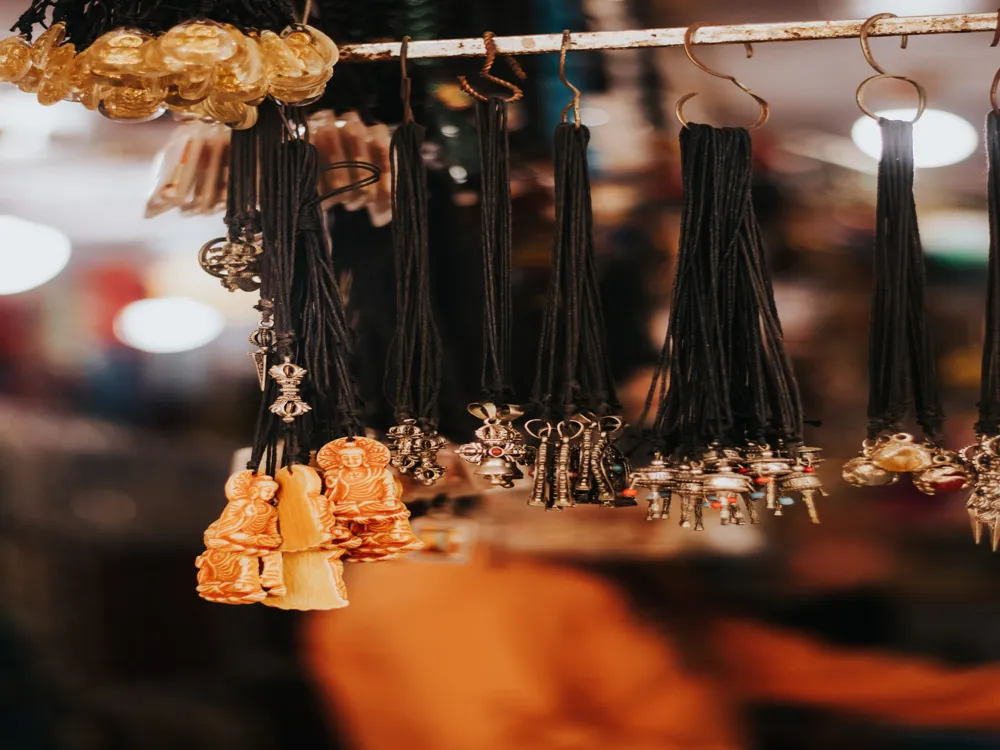
/china-temple-zhong-hua-chinese-buddhist-monastery-slider-1.webp)
